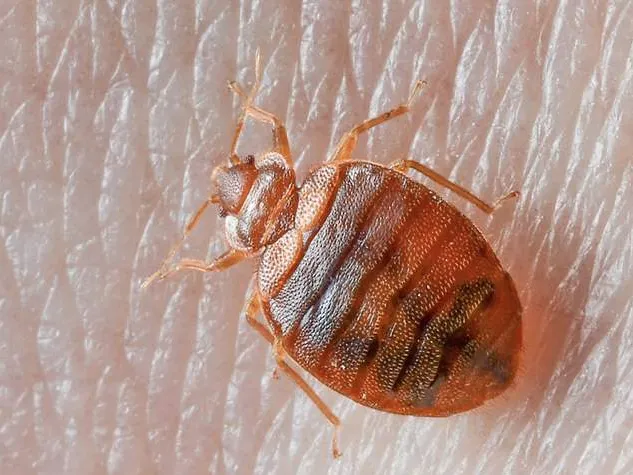Bed Bugs Pest Control
Bed bugs are one of the most stubborn pests that can invade your home, and once they settle in, getting rid of them isn’t easy.
These tiny, blood-feeding insects hide in mattresses, furniture, cracks, and walls, and they multiply fast. That’s why professional residential pest control is essential if you suspect even the smallest sign of an infestation.
Acting early can save you from weeks of discomfort, stress, and expensive treatments.
Why Bed Bugs Invade Homes and Why You Should Act Fast
Bed bugs aren’t drawn to dirt. They are attracted to warmth and the presence of humans. They sneak into homes on clothing, suitcases, used furniture, and even packages. Once inside, they spread quickly through beds, lounges, and flooring.
Bed bugs can be active all year and multiply rapidly. Early action helps you:
- Avoid sleepless nights and itchy bites
- Prevent the infestation from spreading to other rooms
- Reduce allergic reactions or skin infections
- Minimise treatment costs with fast, targeted action
Leaving bed bugs untreated allows them to multiply quickly and makes elimination more difficult.
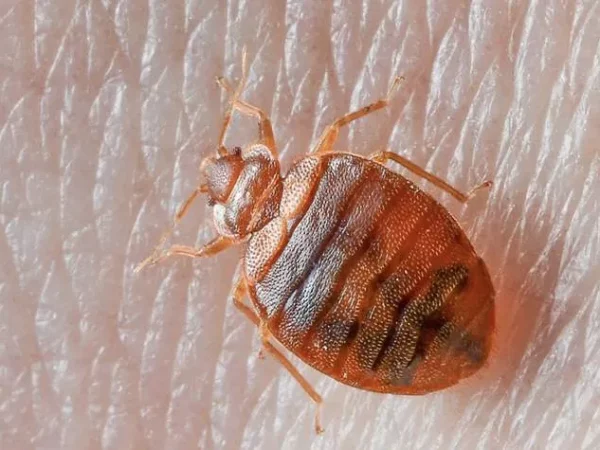
Common Types of Bed Bugs
Understanding which type of bed bug you’re dealing with helps inform the right approach to treatment.
Cimex Lectularius (Common Bed Bug)
This is the most well-known and widespread bed bug species found in homes, apartments, hotels, and other places where people sleep. Cimex lectularius prefers temperate climates and is highly adaptive to indoor environments.
- Appearance: Reddish-brown, flat, oval-shaped, and roughly 5–7mm in size (about the size of an apple seed).
- Behaviour: Nocturnal and excellent at hiding in mattress seams, furniture joints, electrical outlets, and even wall cracks. They come out at night to feed on human blood.
- Feeding Habits: Typically feeds every 5–10 days but can survive months without a meal. Bites often appear in rows or clusters on exposed skin.
- Lifecycle: Females can lay 200–500 eggs in their lifetime. Eggs hatch within 6–10 days, making infestations grow rapidly.
- Control Tip: They’re notoriously hard to remove without professional treatment, especially in multi-room or multi-unit dwellings.

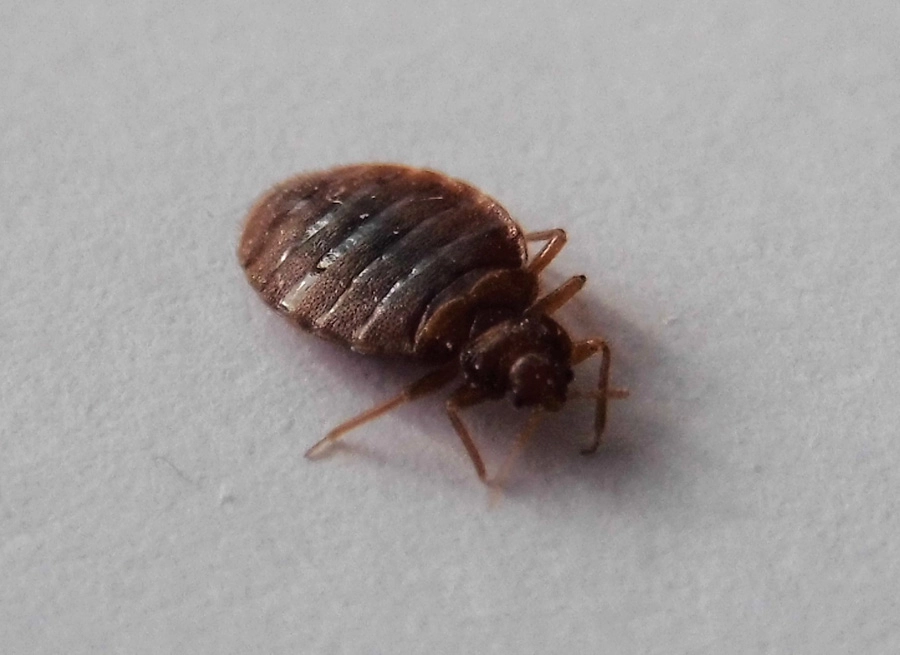
Cimex Hemipterus
Though more common in tropical and subtropical climates, Cimex hemipterus has begun appearing more frequently in warmer parts of Australia due to international travel and climate change.
- Appearance: Slightly larger and more elongated than Cimex lectularius. Also reddish-brown but may appear darker after feeding.
- Behaviour: More heat-tolerant and capable of surviving in warmer, humid environments. Tends to behave similarly to the common bed bug, hiding near sleeping areas.
- Feeding Habits: Bites are similar to those from Cimex lectularius, itchy, inflamed, and often in clusters. Can feed multiple times in one night.
- Lifecycle: Extremely rapid breeding rate in warm conditions, making infestations difficult to contain without immediate action.
- Control Tip: Standard treatments may need to be adjusted due to their greater resistance to heat and some pesticides. Professional identification is crucial.
Leptocimex Boueti
Leptocimex boueti is a less common species that usually parasitises bats but can occasionally bite humans, especially if bat populations are living inside or near human structures.
- Appearance: Visually similar to the common bed bug but with slightly longer body hairs. Requires expert identification to differentiate from other species.
- Behaviour: Found mostly in homes or buildings where bats roost, attics, roof cavities, and barns. They do not typically seek out humans unless their primary host is removed.
- Feeding Habits: Prefers bat blood but will feed on humans if bats are no longer available. Bites are similar to other bed bugs and may go unnoticed at first.
- Lifecycle: Eggs and nymphs are laid in cracks near bat nesting areas. The population usually declines if bats are excluded.
- Control Tip: Eradication requires removal or exclusion of bats followed by treatment of affected areas. May require collaboration with wildlife or bat control services.
No matter which species you’re dealing with, bed bugs are experts at hiding, spreading, and surviving.
Identifying the exact type can help pest control professionals choose the most effective combination of treatments whether chemical, heat-based, or exclusion-focused.
A professional inspection is always recommended to accurately assess the scope and source of the infestation..
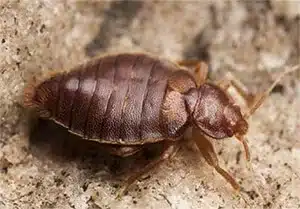
How to Identify Bed Bugs in Your Home
Early detection makes all the difference. Some common signs include:
- Itchy red bites, often in lines or clusters
- Tiny reddish-brown bugs hiding in mattress seams or behind headboards
- Blood spots or dark droppings on sheets
- A musty, sweet odour in areas with high activity
- Shed skins or tiny white eggs in cracks and fabric folds
If you notice any of these signs, it’s best to get a professional inspection right away.
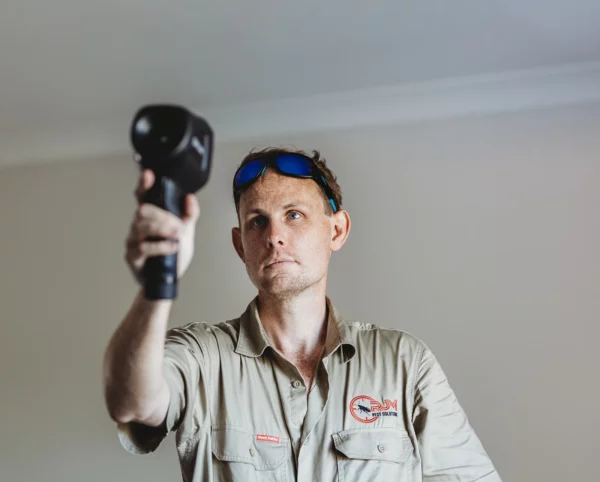
Bed bugs are small and good at hiding, but here are some warning signs that you may have an infestation:
- You wake up with new bites that weren’t there the night before
- There’s a strange, musty smell in bedrooms or around soft furnishings
- You see bugs or droppings on sheets, furniture, or near baseboards
- Multiple people in the household are getting bitten
- Physical signs of a hive in trees, ceilings, or outbuildings
If you notice these signs, chances are you’re dealing with a more serious issue that needs fast attention.
It is always easier to prevent bed bugs than to remove them. Use these tips to reduce your risk:
- Inspect second-hand furniture carefully before bringing it into your home
- Use protective mattress and pillow covers
- Vacuum often, especially in bedrooms and under furniture
- Reduce clutter in sleeping areas
- Check hotel beds while travelling and keep luggage off the floor
- Wash and dry travel clothes at high heat when returning home
Staying consistent with prevention is one of the best defences against infestations.
Effective Bed Bug Control Treatment
Bees must be handled with care. Killing a hive is often unnecessary and may be illegal in some regions due to their environmental value. A proper pest control service will include:
- A thorough inspection to locate the hive and assess risk
- Identification of the bee species and nesting site
- Safe, humane relocation of the colony where possible
- Sealing off access points to prevent future nesting
- Advice on ongoing bee-proofing for your home
Professionals use non-lethal methods wherever possible and work with local beekeepers when relocation is the best option.

Trying to handle bed bugs on your own is exhausting and often ineffective. Hiring a licensed technician gives you:
- Accurate identification and inspection
- Safe and effective treatments that protect your family and pets
- Specialised equipment to reach hidden nests
- Peace of mind knowing the job is done right
Professional help is not just useful, it’s the best way to fully resolve the problem.
If you’re seeing signs of bed bugs or waking up with bites, now is the time to act. The longer they remain in your home, the more they spread, and the harder they are to eliminate.
Book a professional residential pest control service today. You’ll get expert support, safe treatments, and a path back to restful, comfortable sleep.
Contact a trusted pest control team today and take the first step toward a bed bug–free home.








